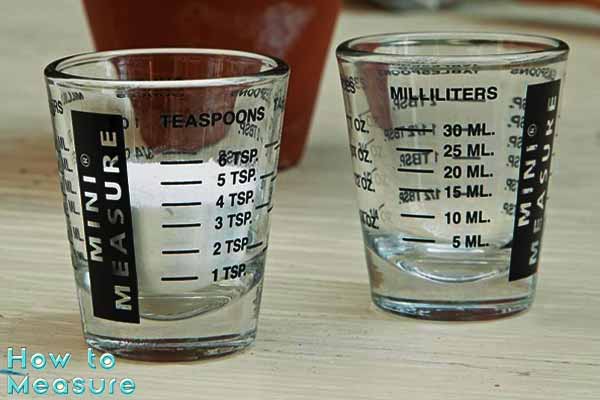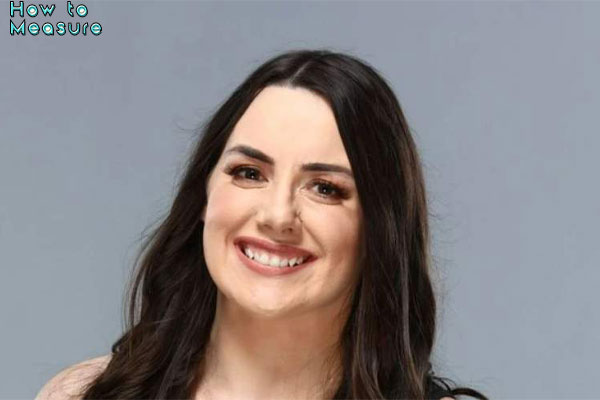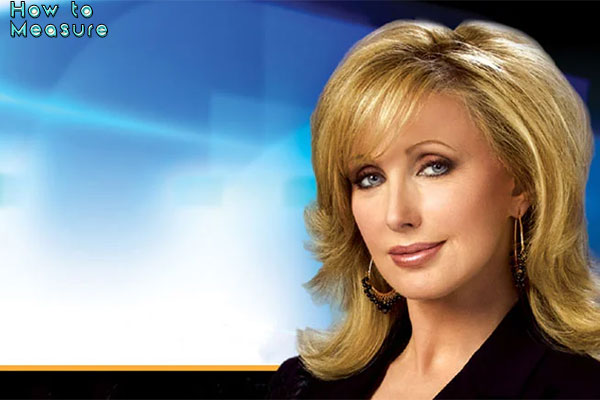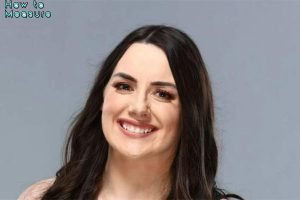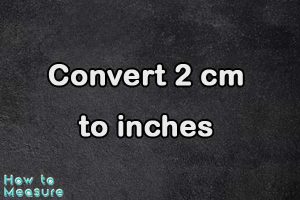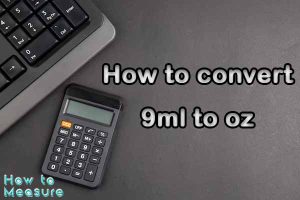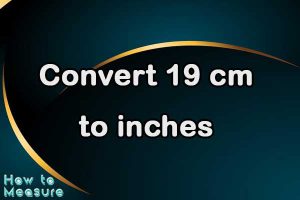How much is 45 ml water?
45 ml of water equals 45 cubic centimeters (cm³) or approximately 0.045 liters.
To provide a better sense of scale, visualize a standard small disposable cup commonly used for condiments at fast food restaurants. These cups typically hold around 30 ml of liquid. So, 45 ml of water would be slightly more than one and a half of these small cups.
In terms of other common measurements:
- 45 ml is about 3 tablespoons in the United States.
- It’s roughly 1.5 fluid ounces.
Remember that water has a density of about 1 gram per milliliter (g/ml), so 45 ml of water would also weigh approximately 45 grams.
This volume of water might be used for small-scale cooking, mixing ingredients, or even for precise scientific measurements in laboratories.
How much is 45 ml of water in tablespoons or teaspoons?
When measuring small amounts of liquid, it’s common to use tablespoons and teaspoons as a measuring tools. If you need to measure 45 ml of water but don’t have a measuring cup with milliliter markings, you can use tablespoons or teaspoons to get an approximate measurement.
One tablespoon is equivalent to 15 ml, so 45 ml of water is equal to 3 tablespoons. If you use teaspoons instead, remember that one tablespoon equals three teaspoons. This means that 45 ml of water is equivalent to 9 teaspoons.
However, it’s important to note that using tablespoons or teaspoons to measure liquids is less precise than using a measuring cup with milliliter markings. The actual volume of a tablespoon or teaspoon can vary depending on its shape and size. Therefore, if you need an exact measurement, it’s best to use a measuring cup or a scale that can measure milliliters accurately.
How to measure 45 ml water at home?
Measuring 45 ml (milliliters) of water at home is straightforward if you have the right tools and a basic understanding of measurement. Here’s how you can do it:
Materials Needed:
- Measuring Cup: A small measuring cup with milliliter markings is ideal for accurately measuring liquids like water.
Steps:
-
Select a Measuring Cup: Choose a measuring cup that has milliliter markings. This could be a specialized liquid or a standard kitchen measuring cup.
-
Clean and Dry: Make sure the measuring cup is clean and dry before you start.
-
Pour Water: Slowly pour water into the measuring cup until the water level reaches the 45 ml. Be sure to pour carefully to avoid spills and to get an accurate measurement.
-
Eye-Level Reading: To ensure an accurate measurement, read the water level at eye level. This means you should look directly at the measuring cup’s markings on a flat surface at your eye level.
-
Adjust if Necessary: If you accidentally pour too much water, carefully pour a small amount until the water level reaches the 45 ml mark. If you poured too little, add a small amount of water and check the level again.
-
Use the Measured Water: Once you have accurately measured 45 ml of water, you can use it for your desired purpose, whether it’s for cooking, mixing beverages, or any other application.
Tips:
- For the most accurate measurement, use a measuring cup with clear markings, ideally with milliliter increments.
- Handle the measuring cup with care to avoid spillage or splashing.
- If your measuring cup does not have a 45 ml marking, you can estimate halfway between the 30 ml and 60 ml marks to get close to 45 ml.
- Remember that accuracy is important when dealing with measurements, especially in cooking or scientific applications.
Remember that the accuracy of your measurement depends on the precision of your measuring tools and your technique. If you need highly precise measurements, you might consider using a more accurate instrument, such as a syringe or pipette, to measure smaller volumes with greater precision.
What type of measuring cup should I use for measuring 45 ml of water?
If you need to measure 45 ml of water accurately, use a measuring cup marked with milliliter measurements. A standard measuring cup usually has markings for milliliters, ounces, cups, and sometimes tablespoons and teaspoons.
To measure 45 ml of water, you can fill the measuring cup up to the 45 ml marking. If your measuring cup doesn’t have a 45 ml marking, you can estimate the measurement by filling the cup up to the nearest marking below 45 ml and then adding small amounts of water until you reach the desired amount. It’s important to remember that accuracy is critical when measuring liquids for recipes, so it’s best to use a measuring cup specifically designed for measuring liquids.
Choosing a measuring cup made of a transparent material like glass or plastic is also essential, so you can see the exact measurement and ensure no air bubbles or discrepancies. Measuring cups with spouts or pouring lips can also make it easier to pour the liquid accurately into your recipe. Finally, clean your measuring cup thoroughly between uses to avoid cross-contamination or flavor transfer.
How do I accurately measure 45 ml of water without a measuring cup?
Accurately measuring 45 ml of water without a measuring cup can be more challenging, but several ways exist. Here are a few options:
- Use a tablespoon or teaspoon: As mentioned earlier, one tablespoon equals 15 ml, and one teaspoon equals 5 ml. You can measure 45 ml of water using three tablespoons or nine teaspoons.
- Use a kitchen scale: A kitchen scale can be handy for measuring liquids without a cup. One milliliter of water weighs approximately 1 gram, so you can use a scale to weigh out 45 grams of water.
- Use a syringe: A syringe is another tool to measure liquids accurately. You can fill a 50 ml syringe with water and then slowly release the water until the needle reads 45 ml.
- Use a shot glass: A standard shot glass typically holds 44 ml of liquid, so you can use a shot glass to measure 45 ml of water by filling it almost to the top and then adding a little bit more water until it reaches 45 ml.
It’s important to note that these methods may not be as precise as using a measuring cup with milliliter markings, so if you need an exact measurement, it’s best to use a measuring cup or a scale. Additionally, use the same method consistently throughout your recipe to ensure consistency in the final product.
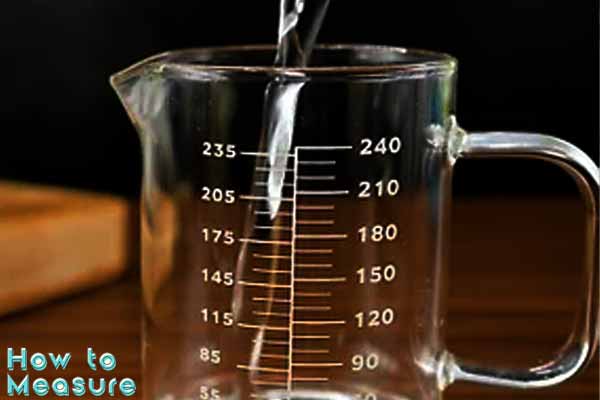
Is it possible to estimate 45 ml of water without a measuring tool?
It is possible to estimate 45 ml of water without a measuring tool, but it may not be as accurate as using a measuring cup or other measuring devices. Estimating measurements are often done when precise measurements are not essential, and a slight variation in the size will not significantly affect the recipe’s outcome.
One way to estimate 45 ml of water is to use an everyday object as a reference. For example, 45 ml of water equals three fluid ounces or six tablespoons. You can estimate the measurement by visualizing the object’s size or the amount of liquid it holds.
Another way to estimate 45 ml of water is to use the displacement method. This involves filling a container with a known volume of water, then adding the item you want to measure to the container and measuring the new volume. The difference between the two volumes is the volume of the thing you want to measure. For example, you can fill a glass with 50 ml of water, add the item you wish to measure (e.g., a small amount of oil) and measure the new volume (e.g., 60 ml). The difference between the two volumes (10 ml) is the volume of the item you want to measure.
While estimating measurements can be helpful in a pinch, it’s important to note that it may not be as precise as a measuring tool. Estimating sizes can lead to consistency in your recipe and may affect the outcome of your final product. Using a measuring device to ensure the most accurate measurement possible is best.
How do I convert 45 ml of water to fluid ounces or cups?
Converting 45 ml of water to fluid ounces or cups is a simple process and can be done with the help of some basic conversions.
- Converting 45 ml to fluid ounces: One fluid ounce equals 29.5735 ml. To convert 45 ml of water to fluid ounces, divide the amount by the conversion factor: 45 ml / 29.5735 ml/fl oz = 1.52 fluid ounces (approximate)
Therefore, 45 ml of water is approximately 1.52 fluid ounces.
- Converting 45 ml to cups: One cup is equivalent to 236.59 ml. To convert 45 ml of water to cups, divide the amount by the conversion factor: 45 ml / 236.59 ml/cup = 0.19 cups (approximate)
Therefore, 45 ml of water is approximately 0.19 cups.
It’s important to note that when converting between different units of measurement, it’s essential to use the appropriate conversion factor to ensure accuracy. Additionally, it’s important to remember that the conversions are approximate and may not be exact due to rounding or variations in the measurements themselves.
What are some common mistakes to avoid when measuring 45 ml of water?
Measuring 45 ml of water may seem like a simple task, but some common mistakes can affect the accuracy of your measurement. Here are some errors to avoid when measuring 45 ml of water:
- Using the right measuring tool: Using the right measuring tool, such as a tablespoon or teaspoon, can lead to accurate measurements. When measuring 45 ml of water, it’s best to use a measuring cup with milliliter markings to ensure accuracy.
- Not measuring at eye level: When measuring liquids, it’s important to measure at eye level to ensure that the meniscus (the curve of the liquid) is level with the measurement line. If you measure at an angle, you may have too much or too little fluid.
- Overfilling or underfilling the measuring cup: Filling the measuring cup too much or too little can lead to inaccurate measurements. When measuring 45 ml of water, fill the measuring cup to the 45 ml line.
- Using the wrong temperature water: Water can expand or contract depending on the temperature, which can affect the volume of the liquid. When measuring 45 ml of water, it’s best to use room temperature water to ensure consistency.
- Not cleaning the measuring tool properly: Residue from previous measurements can affect the accuracy of your current size. Make sure to clean your measuring tool thoroughly before use to avoid any residue affecting your measurement.
By avoiding these common mistakes, you can ensure the accuracy of your measurements and achieve consistent results in your cooking and baking.
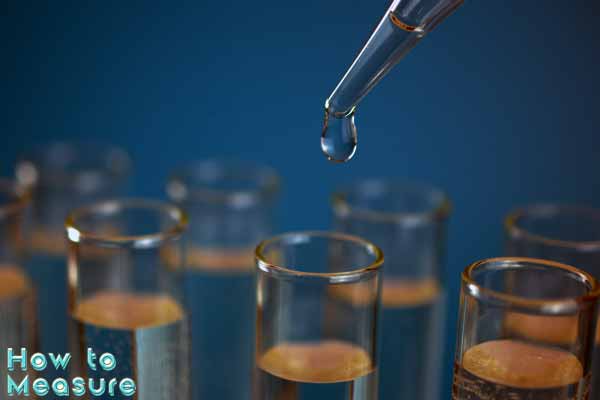
How can I ensure that my measuring tools are accurate?
Accurate measuring tools are essential for achieving consistent results in cooking and baking. Here are some tips on how to ensure that your measuring tools are correct:
- Check the calibration: Over time, measuring tools can become less accurate due to wear and tear. To ensure that your measuring tools are correct, check their calibration regularly. You can do this by comparing your measuring tools to a known accurate measurement, such as a calibrated measuring cup or scale.
- Use the right tool for the job: Using the right measuring tool for the job is essential for accurate measurements. For example, using a dry measuring cup for liquids can result in inaccurate measurements. Make sure to use the appropriate tool for the type of ingredient you are measuring.
- Store your measuring tools properly: Storing your measuring tools properly can help to prevent damage or wear and tear. Please keep them in a dry, cool place and avoid dropping them or exposing them to extreme temperatures.
- Clean your measuring tools properly: Residue from previous measurements can affect the accuracy of your current size. Make sure to clean your measuring tools thoroughly after each use to avoid any residue affecting your measurement.
- Invest in quality measuring tools: High-quality measuring tools are often more accurate and durable than lower-quality ones. Investing in good-quality measuring tools can save you time and money in the long run.
By following these tips, you can ensure that your measuring tools are accurate and achieve consistent results in your cooking and baking.
Can I use a kitchen scale to measure 45 ml of water?
You can use a kitchen scale to measure 45 ml of water. However, measuring liquids with a scale can be more challenging than measuring solids, as fluids can spill or evaporate. Here are some steps to follow if you want to measure 45 ml of water with a kitchen scale:
- Place a bowl or container on the scale and tare it to zero.
- Slowly pour the water into the bowl or container until the scale reads 45 grams. Remember that 1 milliliter of water weighs 1 gram, so 45 ml weighs 45 grams.
- If you accidentally pour too much water, you can remove the excess by running it back into the original container and weighing again until you reach the desired weight.
- Be sure to use a flat surface and a sturdy container to avoid accidents.
Remember that measuring liquids with a scale can be less accurate than measuring with a measuring cup or a graduated cylinder. However, using a kitchen scale can be a helpful alternative if you don’t have a measuring cup or prefer using a scale for your recipes.
What should I do if I accidentally pour too much water while measuring?
Accidentally pouring too much water while measuring is a common mistake that can happen to anyone. Here are some steps you can take if you pour too much water while measuring:
- Use a spoon or a dropper to remove the excess water: If you only poured a small amount of extra water, you can use a spoon or a dropper to remove the excess water until you reach the desired amount. Be careful not to remove too much water and make the measurement too small.
- Pour out the excess water: If you poured a large amount of extra water, pour out the excess water back into the original container and measure again. If you need to calculate a precise amount of water, starting and measuring from scratch is best.
- Adjust your recipe: If you cannot remove the excess water, you may need to adjust your recipe accordingly. You can either increase the amounts of the other ingredients to balance out the extra water or adjust the recipe to make a larger batch.
Remember that it’s always better to be cautious when measuring liquids and to take your time to avoid pouring too much. If you’re still unsure, double-checking your measurement with a second measuring tool, such as a scale or a second measuring cup, is always a good idea.
How can I measure 45 ml of water with different types of measuring instruments, such as a shot glass or syringe?
Here are some methods for measuring 45 ml of water using different types of measuring instruments:
- Shot Glass: A standard shot glass typically holds around 44 ml of liquid, so you can use a shot glass to measure 45 ml of water. Fill the shot glass to the brim and add a few extra drops of water to reach the 45 ml mark.
- Syringe: A syringe is a precise measuring instrument that can measure small amounts of liquid. To calculate 45 ml of water with a needle, you will need a 50 ml or 60 ml syringe. Draw water into the syringe until it reaches the 45 ml mark, removing any air bubbles.
- Graduated Cylinder: A graduated cylinder is a precise measuring tool commonly used in laboratory settings. To measure 45 ml of water using a graduated cylinder, pour it slowly into the cylinder until it reaches the 45 ml mark. Be sure to read the measurement at eye level to ensure accuracy.
- Tablespoon: One tablespoon equals 15 ml, so you can measure 45 ml of water using three tablespoons. Fill the tablespoon with water to the brim, and pour it into a measuring cup or bowl. Repeat this process three times to measure 45 ml of water.
It’s important to note that different types of measuring instruments can have varying levels of accuracy, so it’s always a good idea to double-check your measurement using a second measuring tool, such as a kitchen scale.
Final thoughts
In conclusion, accurately measuring 45 ml of water is essential in cooking, baking, and other applications where precise measurements are necessary. There are several methods to measure 45 ml of water, including using a measuring cup, a kitchen scale, a shot glass, a syringe, or a tablespoon. When using a measuring cup, it’s essential to ensure that the water is at eye level and the meniscus is aligned with the measurement line. When using a kitchen scale, it’s crucial to use a container that can hold the water and tare the scale to zero. No matter your method, it’s always best to double-check your measurements to ensure accuracy. By following these tips and techniques, you can measure 45 ml of water confidently and precisely. You can read more articles about on How to Measure.

